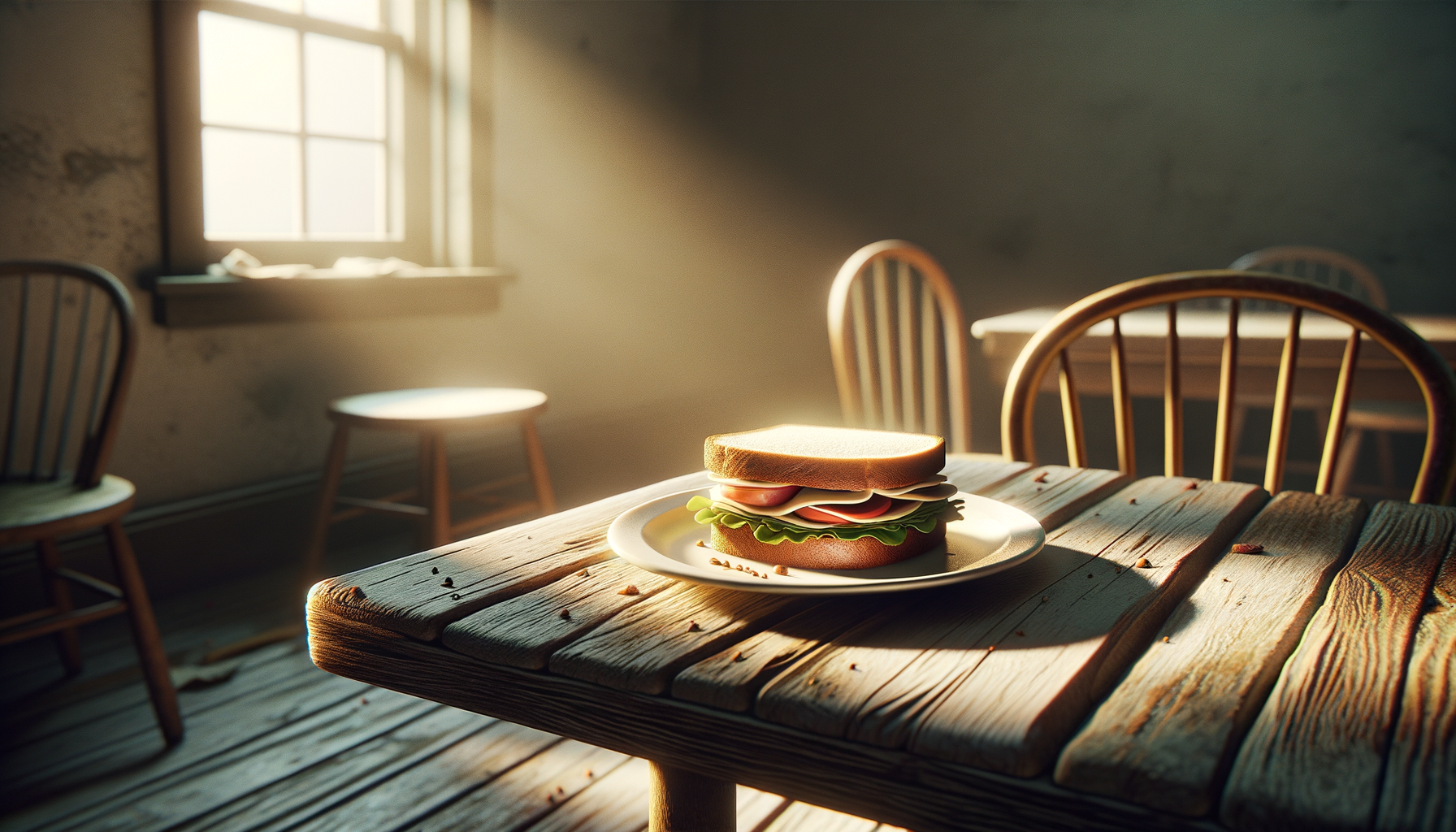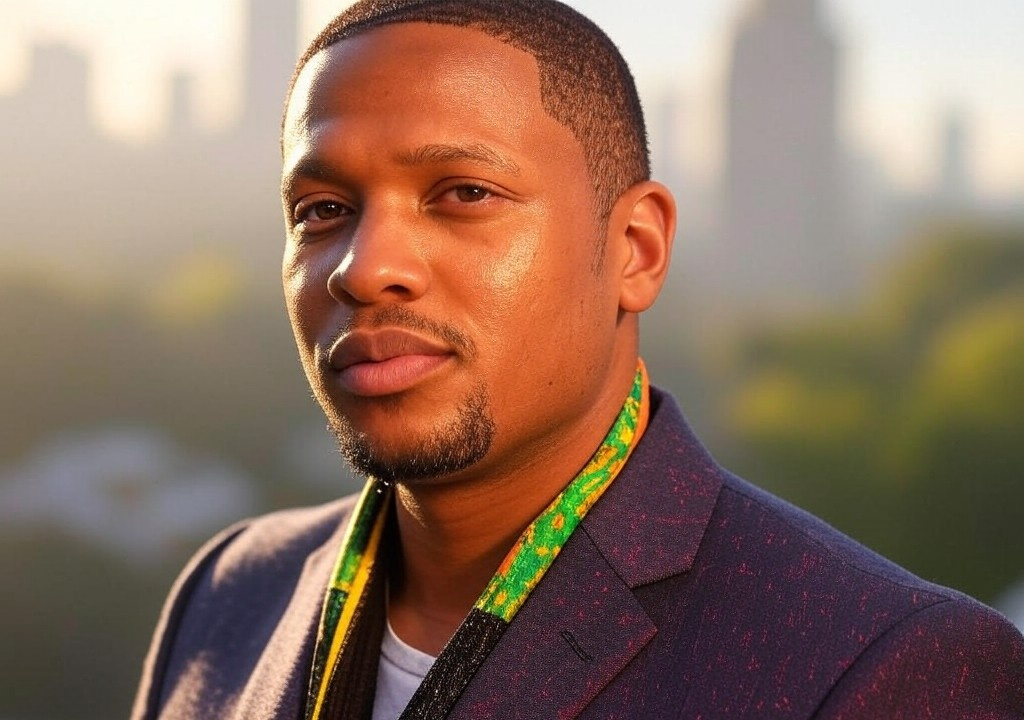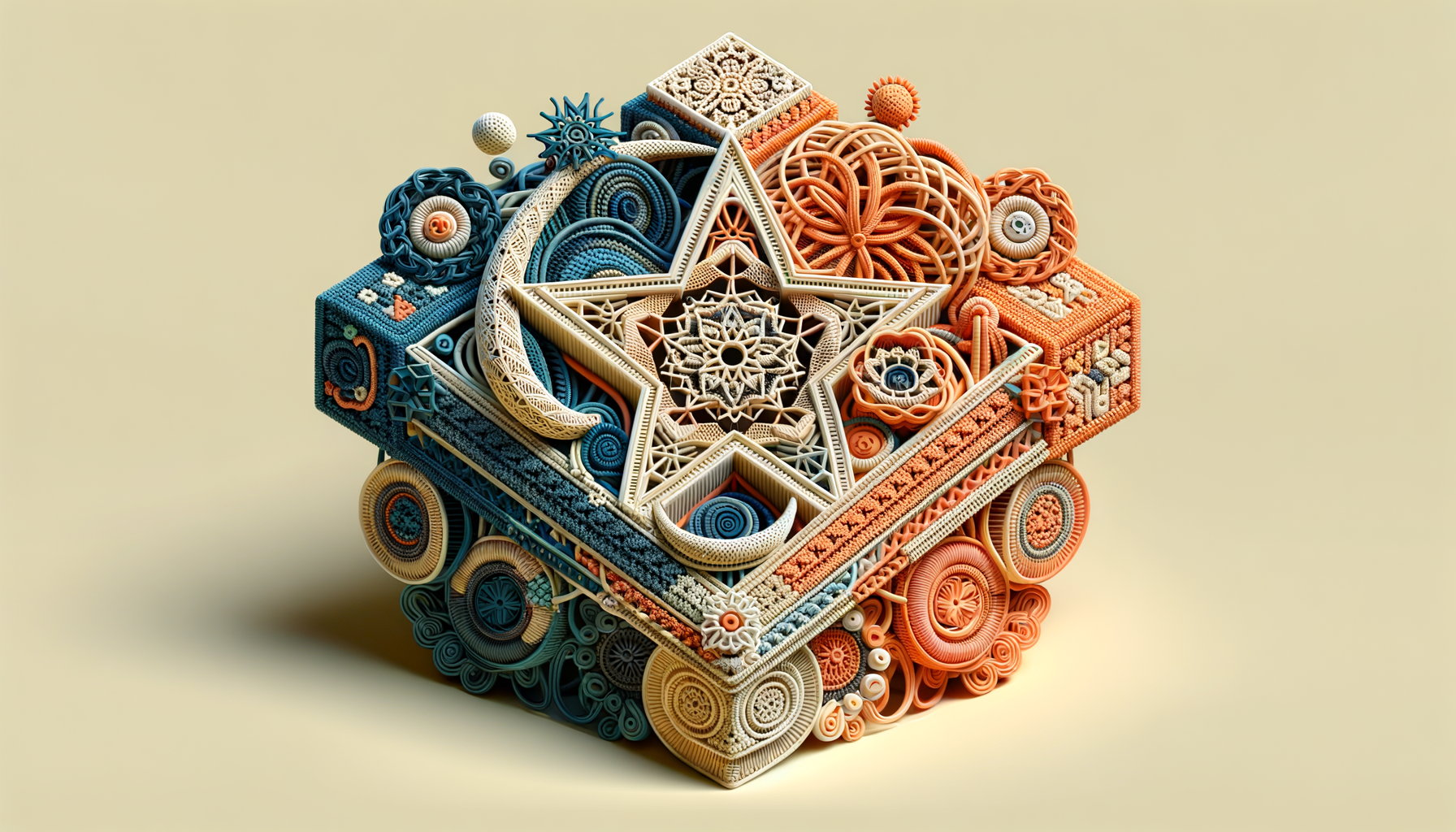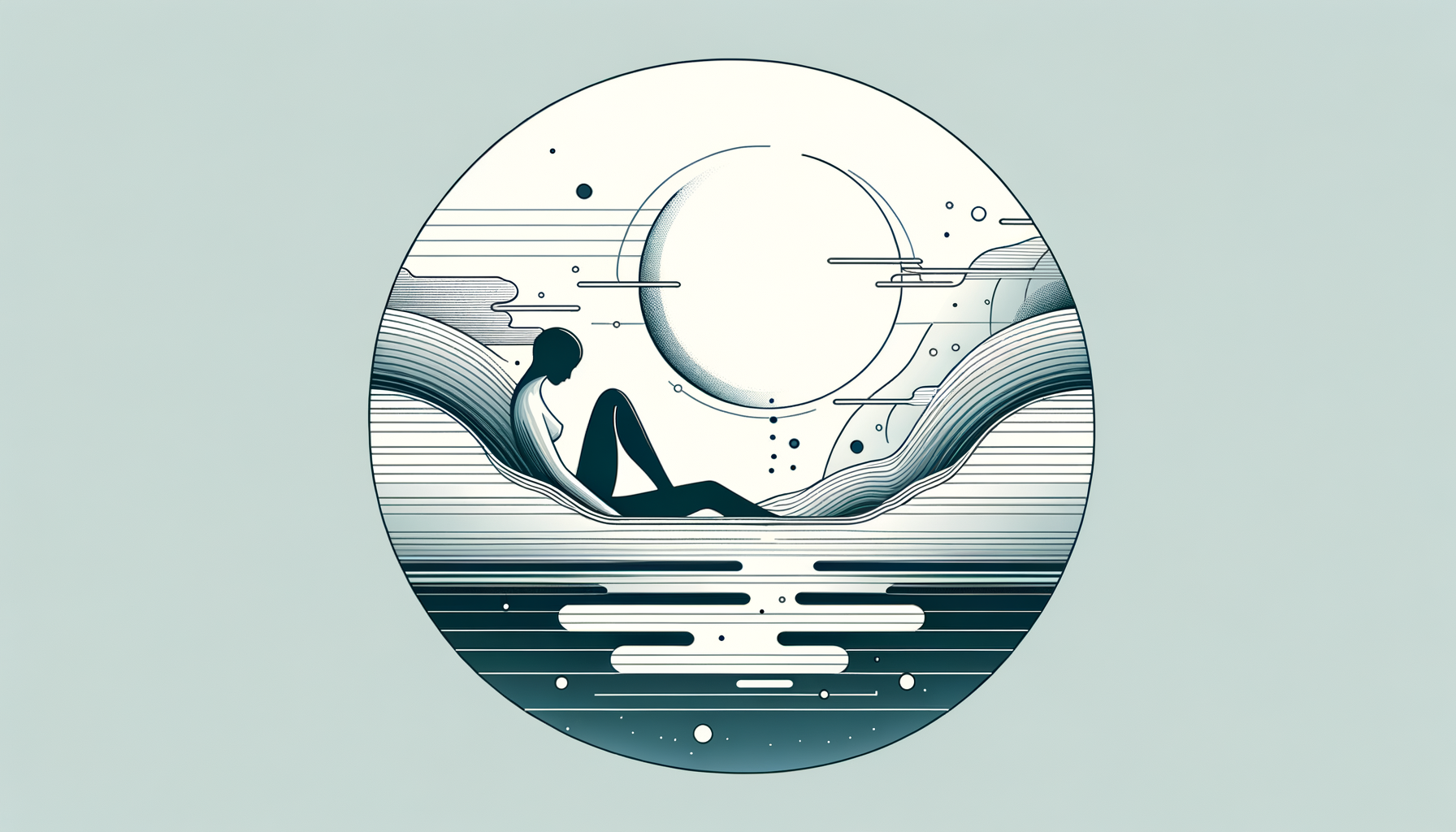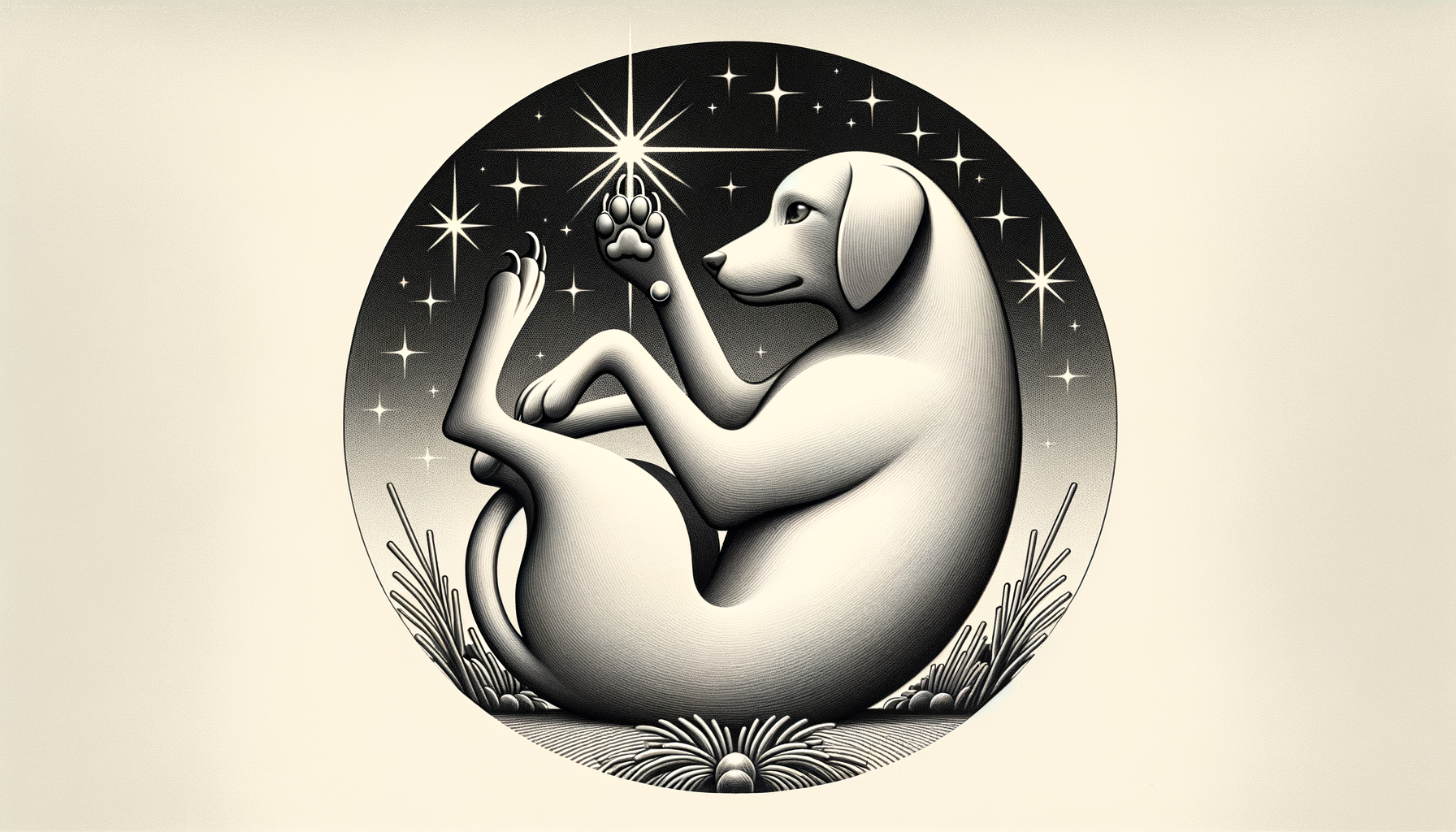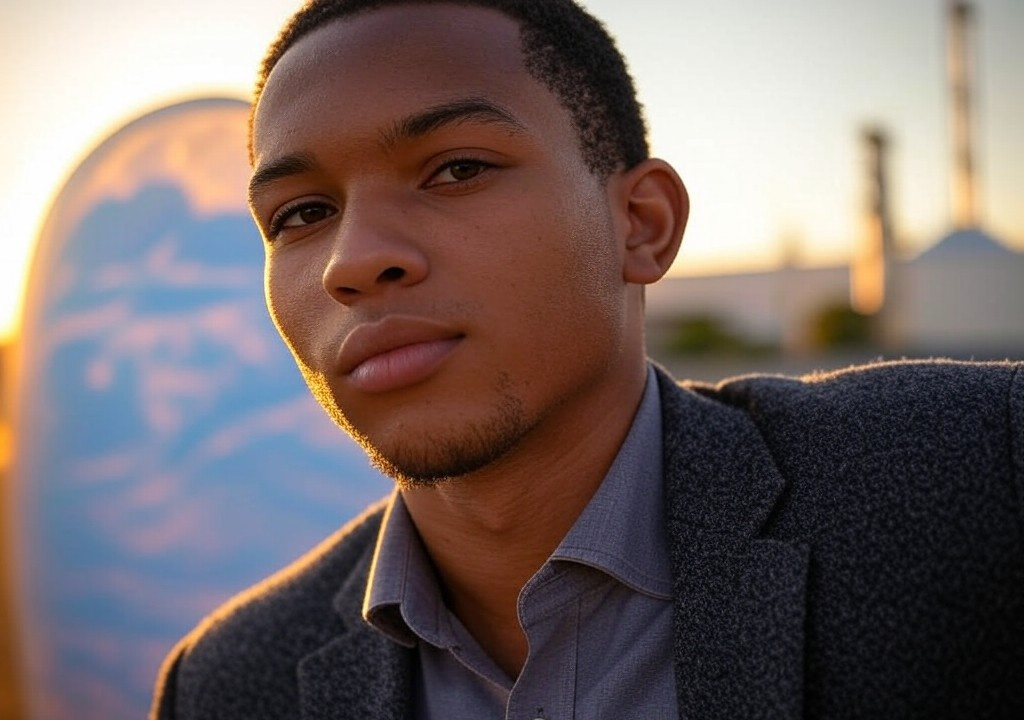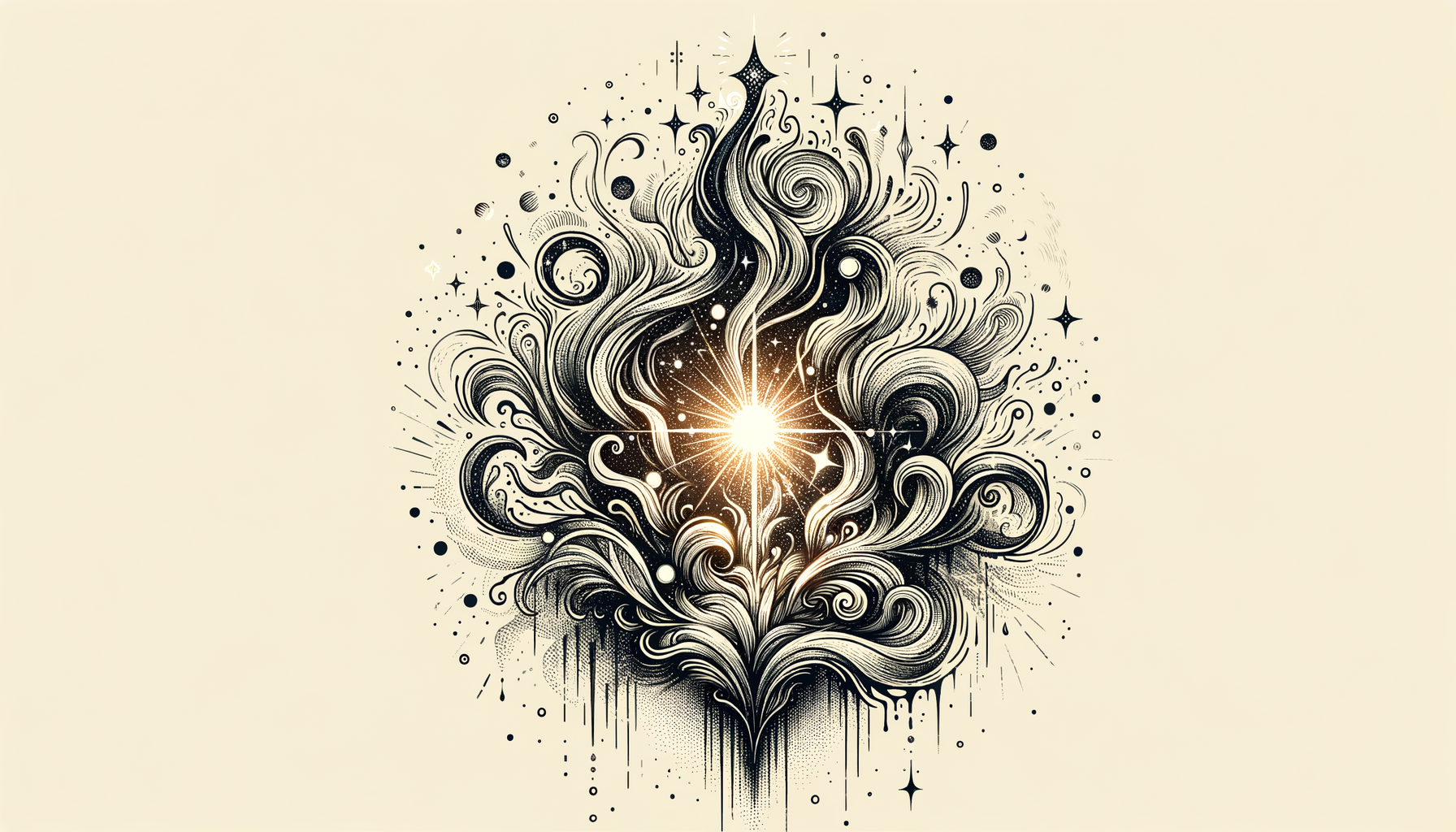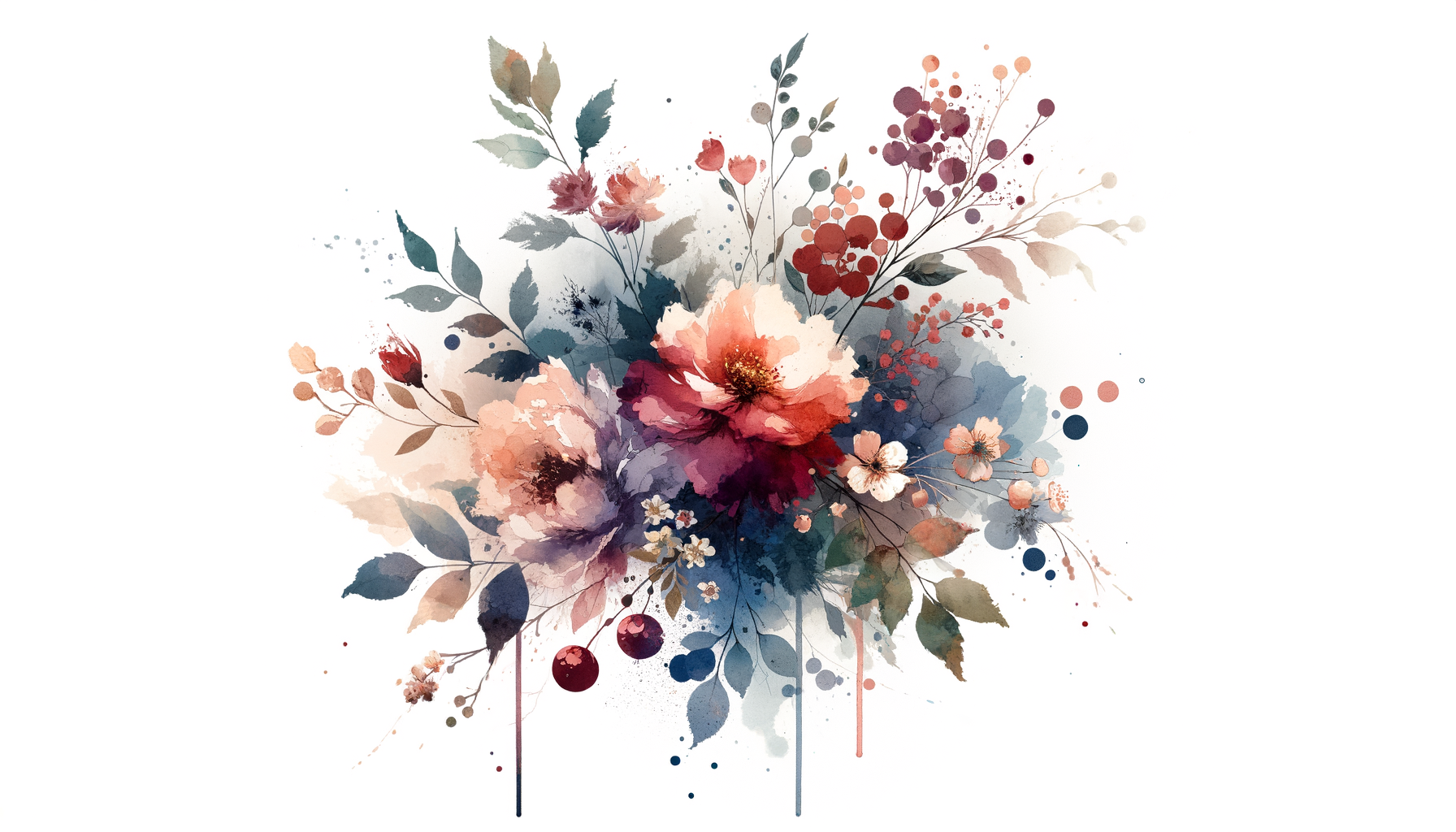The Year Everything Fell Apart (And How I Put It Back Together)
It all started with an overcooked casserole. A simple dinner for two—me and my then-partner, planned on a quiet Tuesday night—ended with burnt sweet potatoes, an argument over the thermostat (again), and the unraveling of a six-year relationship I thought was built to last. I wish I could tell you it ended with some grand cinematic closure, like one of those sweeping break-up scenes in a Nicholas Sparks movie. But no. It ended with me staring at an empty bookshelf and wondering, in complete frustration and bewilderment, how two humans who once agreed on everything could suddenly agree on nothing.
By the time I turned 34, that casserole had become a metaphor for my entire year: overdone, dry, and utterly falling apart. My long-term relationship was just the first domino. Within months, I’d moved out of my shared home, walked away from a creative project I’d poured my heart into, and, as icing on this crumbling cake, begrudgingly canceled the summer road trip across Maine I’d been daydreaming about for years. Everything in my life felt fragile, brittle—except for, ironically, my Netflix subscription, which I leaned on too much during those emotionally stormy nights.
But here's the thing about hitting the bottom. Once you’re there, the only direction left is up.
Step One: Embracing the Dumpster Fire
There’s something hilariously liberating about hitting rock bottom—like when you spill food on your shirt, shrug it off, and just keep eating. That was me, emotionally speaking. After a particularly low moment—think unflattering cry face in a roadside Dunkin’ parking lot—I realized I wasn’t going to fix anything by pretending I was fine. And so, instead of masking my brokenness, I did the opposite: I leaned right into the chaos.
I let myself grieve more than just my relationship. I grieved the version of myself I thought I’d be by now. (Spoiler: he was 20 pounds lighter and owned at least three fancy pairs of shoes.) But instead of using this grief as an excuse to wallow, I used it to strip everything back to basics.
For example: - Step One: Tackling my environment. I Marie-Kondo’d every drawer and closet until I could finally breathe again without tripping over a forgotten ladder in my tiny apartment. - Step Two: Scheduling “No People Days.” Call it selfish, but I desperately needed time to recharge without explaining why I wasn’t up for birthday karaoke.
The lesson here was simple: Every big rebuild starts with the teardown. And sometimes, it looks like a mess before it looks like progress.
Step Two: Romance Without the Rose-Colored Glasses
After six months of finding excuses not to log onto anything even remotely resembling a dating app, I decided it was time to courageously dip my toes somewhere close to the dating pool. If my grandma in West Virginia could find joy in senior yoga at church (despite insisting she wasn’t “bendy enough”), I could give dating another shot, too.
But this time was different. I went in without chasing perfect endings—the kind Hollywood sells us in bite-sized, fairy-tale packages. Instead, I focused more on learning what I liked about me in those early flirtatious conversations.
Case in point:
- I realized I don’t love outdoor beach dates. (Sand in your shoes? Hard pass.)
- I do, however, love trivia nights, live music, and mini golf with obnoxiously bright balls.
- Most importantly, I started paying attention to how I felt after a date—not whether I had perfectly charmed the person across from me.
Dating became less of an endgame and more of an experiment. Sure, not everyone shares my appreciation for homemade jam or overly enthusiastic discussions about coal miner ballads (you either get it, or you don’t), but I allowed myself to stop apologizing for what makes me, me. And that was the most freeing part of all.
Step Three: Building Your “You” Team
Let me tell you—a breakup will teach you real fast who’s got your back. There were the usual suspects: my childhood best friend, who knows all my secrets and none of my passwords; my second cousin Bethany, who mailed me a truly bizarre amount of cinnamon candles; and my coworkers, who sometimes gave me knowing nods like, “Hey, we saw you power-walking at lunch. Respect.”
But I also found support in some unexpected places—like the neighbor I’d waved at for months but never talked to, who randomly invited me to the best Fourth of July picnic of my life. Or the cashier at the farmer’s market who slyly slipped me a free pint of blueberries simply because I looked like I’d been “through it.”
The lesson? Building yourself back up is never a solo endeavor, even if your natural instincts scream I’ve got this; no help needed, thank you very much. Lean into the people who lean into you—be they family, friends, or friendly blueberry-peddlers. It’s the kindest thing you can do for yourself.
Step Four: Redefining “Happy”
You know that saying, “Fake it ‘till you make it”? That’s kind of a lie. Real happiness doesn’t come from faking anything. It comes from zooming out, recalibrating, and figuring out what really matters to you.
For me, this looked like unlearning the idea that happiness is a trophy you win at the finish line. Instead, it was rediscovering all the small wins right in front of me:
- Splurging on a secondhand record player and letting Appalachian string band music fill my new apartment.
- Cooking shepherd’s pie without checking my phone every three minutes.
- Letting breakfast burritos replace sad dinners for one.
I realized I didn’t want to “rediscover” old versions of myself. I wanted to evolve into someone new—someone who could love life even if it didn’t exactly match my vision board from five years ago.
Step Five: The Part Where Everything Didn’t Fall Apart
If you’re wondering whether the story ends with a new relationship, it doesn’t. Not yet. Maybe someday it will, but for now, I’ve learned how to enjoy my own company—laugh at my own missteps, celebrate the wins that come wrapped in small moments, and trust that I’m right where I need to be.
Here’s what I learned this chaotic, casserole-scorched year: Things falling apart isn’t the worst thing that can happen. The worst thing? Being too scared to let go when they’re no longer serving you. Don’t fear the empty bookshelves after the breakup; think about all the new stories you can fill them with.
And if you’re stuck in a meltdown moment of your own? Breathe. Hug your “you” team. Stop fighting to keep things from crumbling and start imagining what you’ll create with the space left behind. The best things, I’ve found, usually start when you finally let the dust settle.




